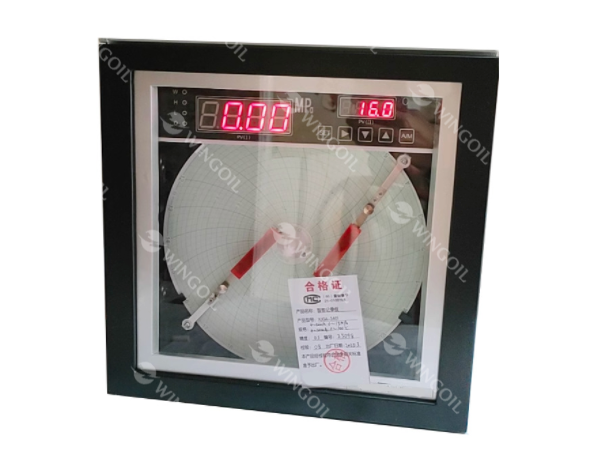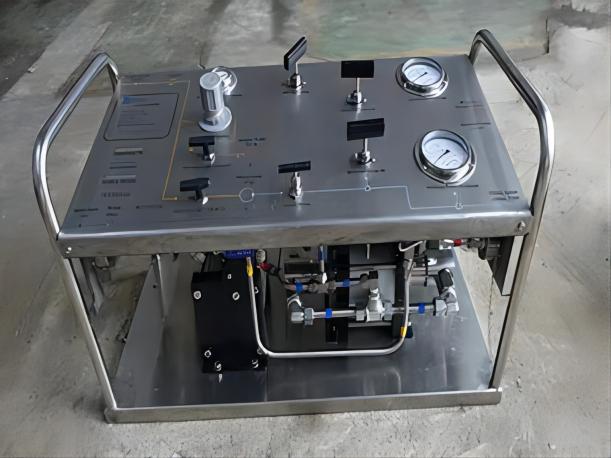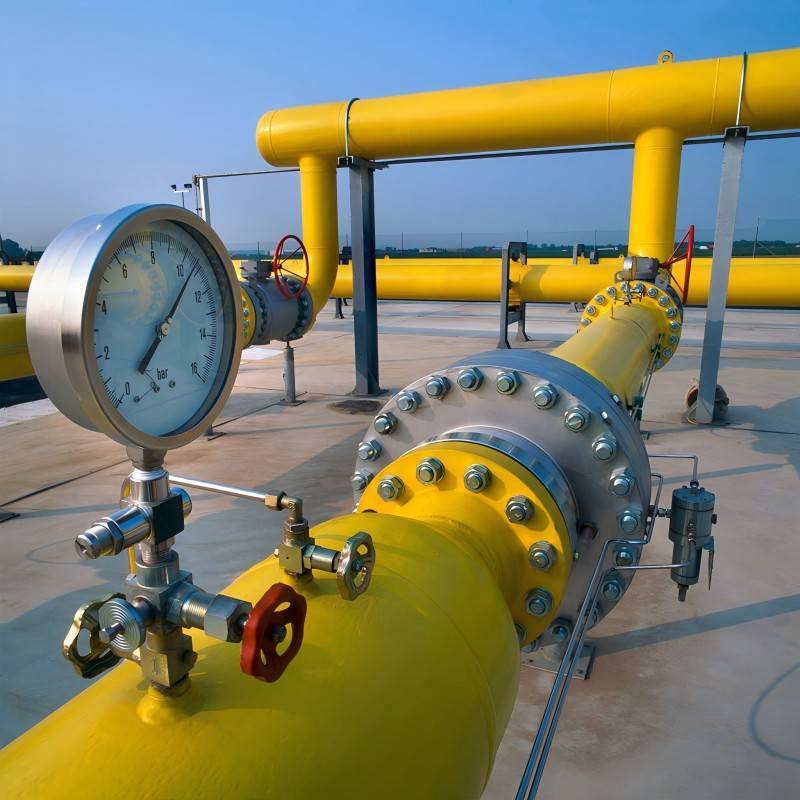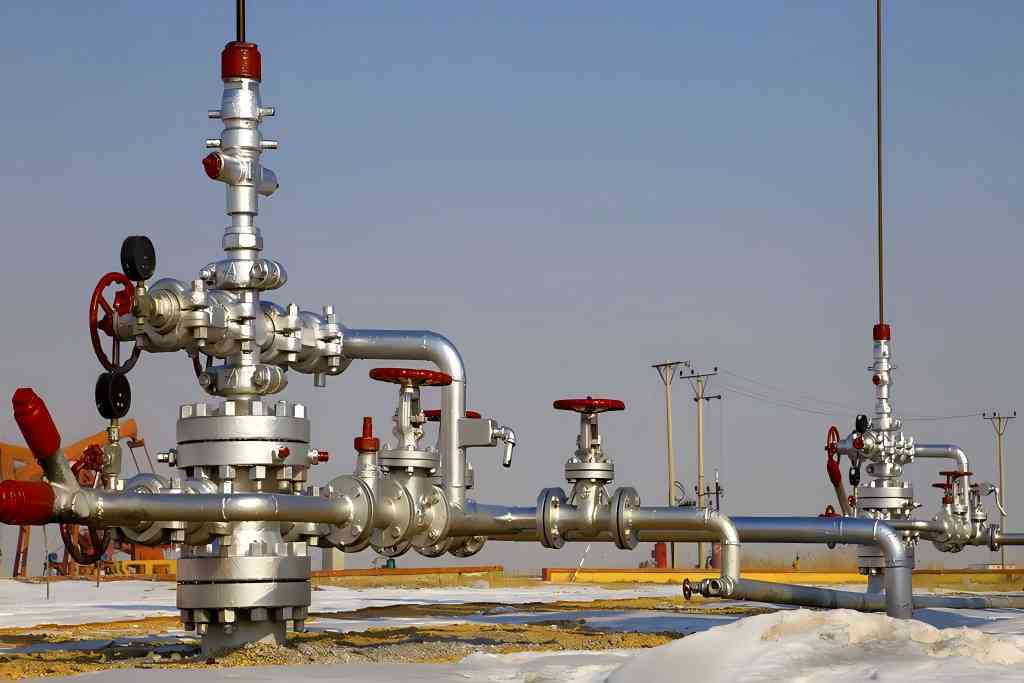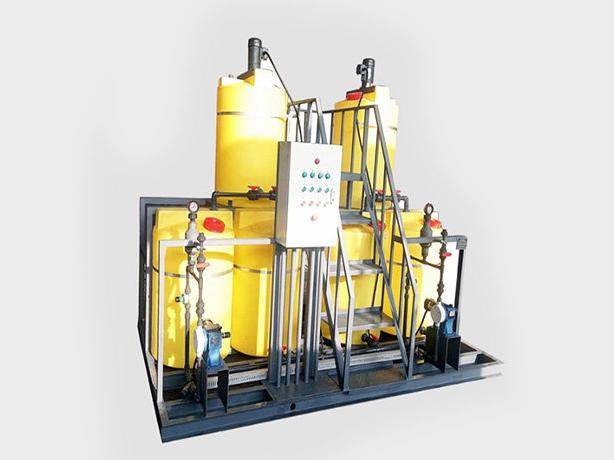Portable Hydro Test Pumps: Common Faults and Solutions
Portable hydro test pumps are essential tools used across various industrial and engineering applications. During operation, portable hydro test pumps can encounter various malfunctions. This article delves into the common faults associated with these pumps, providing detailed explanations of their causes and solutions. Additionally, preventative measures and suggestions are outlined to ensure the optimal performance and longevity of your portable hydro test pump.
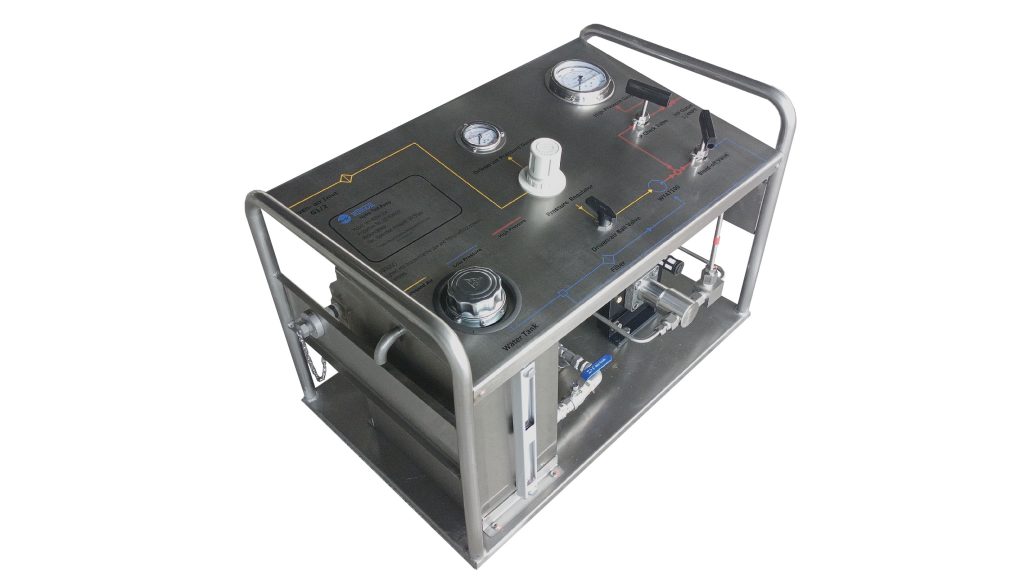
Common Faults and Solutions of Portable Hydro Test Pumps
Despite their robustness, portable hydro test pumps can encounter various issues that can impede their performance. Here’s a breakdown of the six most frequent problems and their corresponding troubleshooting steps:
1. Pressure Cannot Be Built Up
This issue arises when the pump struggles to generate the desired pressure level. Here are the potential causes and solutions:
- Air Leakage: Air entering the system through loose connections in the suction pipe can impede pressure buildup.
- Solution: Meticulously examine the suction pipe joints and connections for leaks. Tighten any loose connections and ensure proper sealing.
- Clogged Filter Screen: A clogged filter screen on the pump’s intake can restrict water flow, hindering pressure generation.
- Solution: Regularly clean the filter screen to prevent clogging. Refer to the pump’s operation manual for specific cleaning instructions.
- Stuck Suction Valve: Internal components within the pump, such as the suction valve, can become stuck due to debris or corrosion, obstructing water flow.
- Solution: Consult the pump’s maintenance manual for instructions on accessing and cleaning the suction valve. In some cases, the valve might require replacement.
- Other Blockages: Foreign objects or debris within the pump itself can also obstruct water flow and prevent pressure buildup.
- Solution: It’s crucial to follow the manufacturer’s recommendations for proper maintenance to minimize the risk of internal blockages. Regularly inspect the pump for any signs of debris and have it serviced by a qualified technician if necessary.
2. Pressure is Unstable
Fluctuations in pressure readings during operation indicate an issue with maintaining consistent pressure. Here’s what could be causing it:
- Blocked Connecting Pipes: Blockages within the connecting pipes between the pump and the equipment being tested can restrict water flow and cause pressure fluctuations.
- Solution: Disconnect the pump and thoroughly inspect the connecting pipes for any obstructions. Clear any blockages and ensure unobstructed flow.
- Damaged Pressure Gauge: A faulty pressure gauge might provide inaccurate readings, leading to the perception of unstable pressure.
- Solution: Verify the pressure gauge’s functionality by comparing its readings with a known-accurate pressure gauge. If the gauge is malfunctioning, replace it with a new one.
- Faulty Quick Release Valve: A malfunctioning quick release valve can cause pressure inconsistencies during bleeding or releasing pressure from the system.
- Solution: Inspect the quick release valve for proper operation. If it’s faulty, replace it with a new one to ensure proper pressure control.
3. Noise from the Pump Body
Unusual noises emanating from the pump body can signify internal issues. Here are some potential causes:
- Damaged Bearings: Worn-out or damaged bearings can generate excessive noise during pump operation.
- Solution: Bearings are critical components for smooth pump operation. Regularly inspect them for signs of wear and tear, and replace them when necessary. Refer to the manufacturer’s instructions for bearing replacement procedures.
- Stuck Plungers: The plungers within the pump can become stuck due to debris or wear, causing abnormal noise and hindering pump performance.
- Solution: Consult the maintenance manual for instructions on accessing and cleaning the plungers. In some cases, replacement might be necessary.
- Pump Body Vibration: Loose mounting or improper alignment of the pump can lead to vibrations and noise during operation.
- Solution: Ensure the pump is securely mounted on a stable and level surface. Verify proper alignment of the pump with the equipment being tested, as per the manufacturer’s instructions.
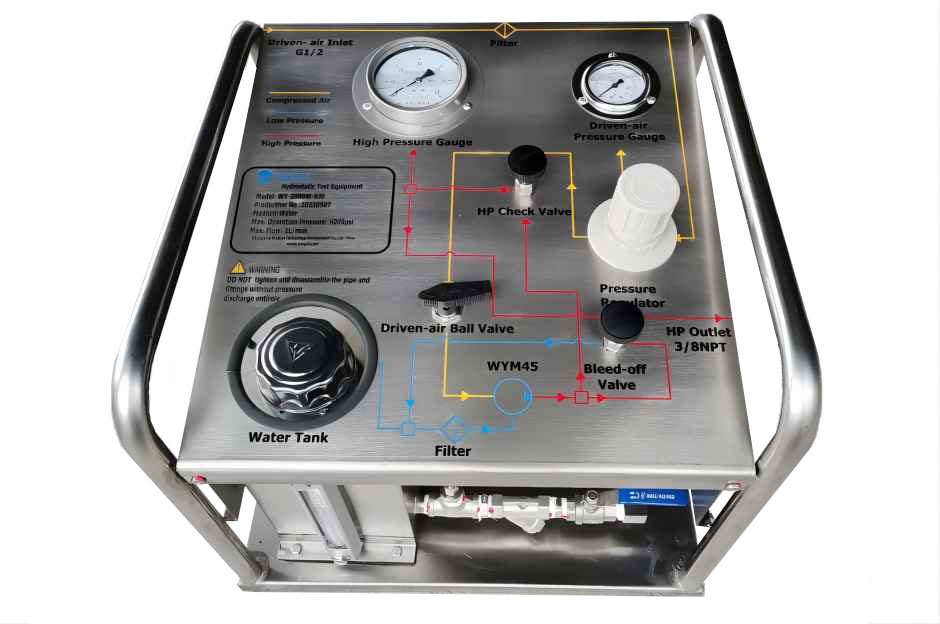
4. Working Pressure is Too Low
When the pump fails to achieve the desired working pressure, it could be due to several factors:
- Insufficient Hydraulic Oil: Portable hydro test pumps that utilize hydraulic systems require a specific level of hydraulic oil for proper operation.
- Solution: Check the oil level regularly and refill with the recommended hydraulic oil as specified by the manufacturer. Refer to the user manual for proper oil filling procedures.
- Blocked Oil Circuit: Similar to blocked connecting pipes, blockages within the pump’s internal oil circuit can restrict oil flow and hinder pressure generation.
- Solution: Regularly clean the oil circuit as per the manufacturer’s instructions. This may involve using specific cleaning fluids or consulting a qualified technician for thorough cleaning.
- Damaged Sealing Gaskets: Worn-out or damaged sealing gaskets within the pump can cause internal leaks, leading to pressure loss and reduced working pressure.
- Solution: Regularly inspect sealing gaskets for signs of wear or damage. Replace any compromised gaskets with new ones that meet the manufacturer’s specifications.
5. Motor Does Not Run
If the motor fails to activate, there could be several electrical or mechanical issues at play:
- Power Failure: The most basic cause could be a lack of power supply to the pump.
- Solution: Verify that the power cord is securely plugged into a functioning electrical outlet. Check the fuse or circuit breaker associated with the outlet to ensure it hasn’t tripped.
- Damaged Switch: A malfunctioning power switch on the pump itself can prevent the motor from receiving power.
- Solution: Inspect the power switch for any visible damage. If the switch is faulty, consult a qualified technician for repair or replacement.
- Damaged Motor: Internal issues within the motor itself, such as worn-out brushes or overheating, can lead to motor failure.
- Solution: In some cases, the motor brushes might be replaceable. However, extensive motor damage might necessitate replacing the entire motor. Consulting a qualified technician for motor repair or replacement is recommended.
- Overload: The pump motor might be overloaded if it’s being forced to work beyond its capacity.
- Solution: Ensure you’re using the pump for its designated pressure and flow rate capacities as specified by the manufacturer. Reduce the pressure requirements of the test or use a pump with a higher capacity if necessary.
6. Poor Pressure Holding Performance
If the pump struggles to maintain pressure after it’s been built up, leaks within the system are likely the culprit. Here are the potential causes:
- Leaking Outlet Valve: A faulty outlet valve on the pump can allow pressurized water to escape, hindering pressure retention.
- Solution: Inspect the outlet valve for signs of wear or damage. If necessary, repair or replace the valve to ensure proper sealing.
- Leaking Control Valve: Similar to the outlet valve, a malfunctioning control valve within the pump can also cause pressure loss.
- Solution: Examine the control valve for any irregularities. Repair or replace the valve if required to maintain proper pressure control.
- Leaking Relief Valve: The relief valve is designed to release pressure when it reaches a specific limit. A malfunctioning relief valve can lead to pressure loss if it opens prematurely or fails to seal correctly.
- Solution: Inspect the relief valve for proper operation. If it’s not functioning correctly, replace it with a new one to ensure accurate pressure relief and holding capabilities.
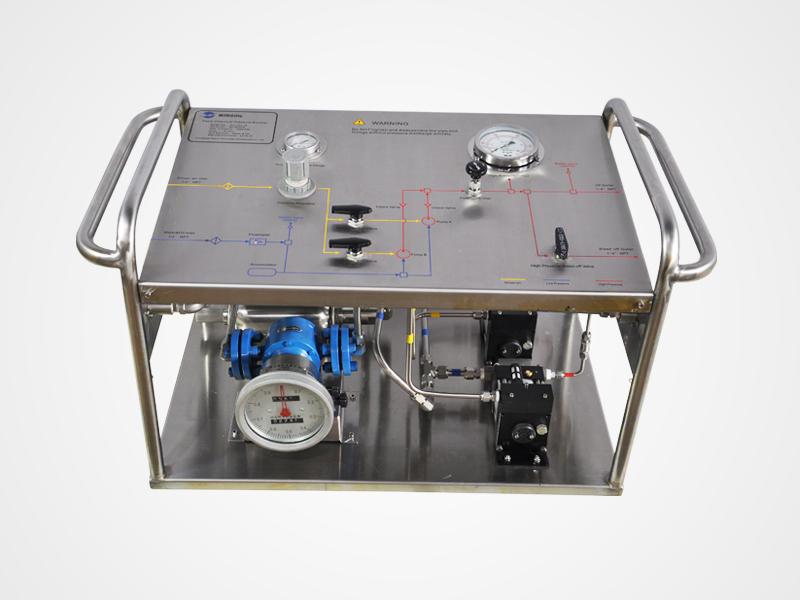
Preventive Measures and Suggestions
To maximize the lifespan and performance of your portable hydro test pump, adhering to the following preventive measures is crucial:
- Regular Maintenance and Inspection: Develop a routine for regular maintenance and inspection of your portable hydro test pump. This should include tasks like cleaning the filter screen, checking for leaks, and verifying oil levels (for hydraulic pumps). Refer to the manufacturer’s recommended maintenance schedule and user manual for specific procedures.
- Proper Operation: Always operate the portable hydro test pump following the manufacturer’s instructions and safety guidelines outlined in the user manual. Using the pump for purposes beyond its designed capacity or exceeding pressure limitations can lead to malfunctions and pose safety risks.
- Storage Environment: When not in use, store the portable hydro test pump in a clean, dry, and dust-free environment. Avoid storing it in extreme temperatures or direct sunlight, as this can damage the pump’s components and shorten its lifespan.
- Qualified Service Technicians: For repairs beyond routine maintenance, such as replacing bearings or servicing the oil circuit, consult a qualified technician with expertise in servicing portable hydro test pumps.
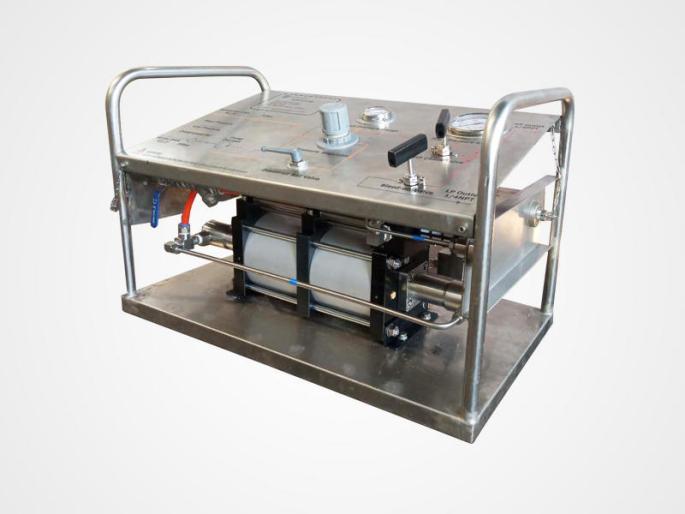
Conclusion
By understanding the common faults associated with portable hydro test pumps and the solutions to address them, you can effectively troubleshoot and maintain your equipment. Regularly scheduled maintenance, proper operation, and proper storage practices are all essential for ensuring the long-term reliability and safety of your portable hydro test pump. By following the recommendations outlined in this article, you can guarantee that your portable hydro test pump remains operational and delivers accurate pressure readings for years to come.
If you are seeking high-quality portable hydro test pumps, Wingoil offers a range of reliable and efficient options. Wingoil‘s pumps are designed with advanced technology to provide accurate and dependable pressure testing. Their products are known for durability, ease of use, and excellent after-sales support. Whether you need a pump for industrial, commercial, or personal use, Wingoil has a solution to meet your needs.

